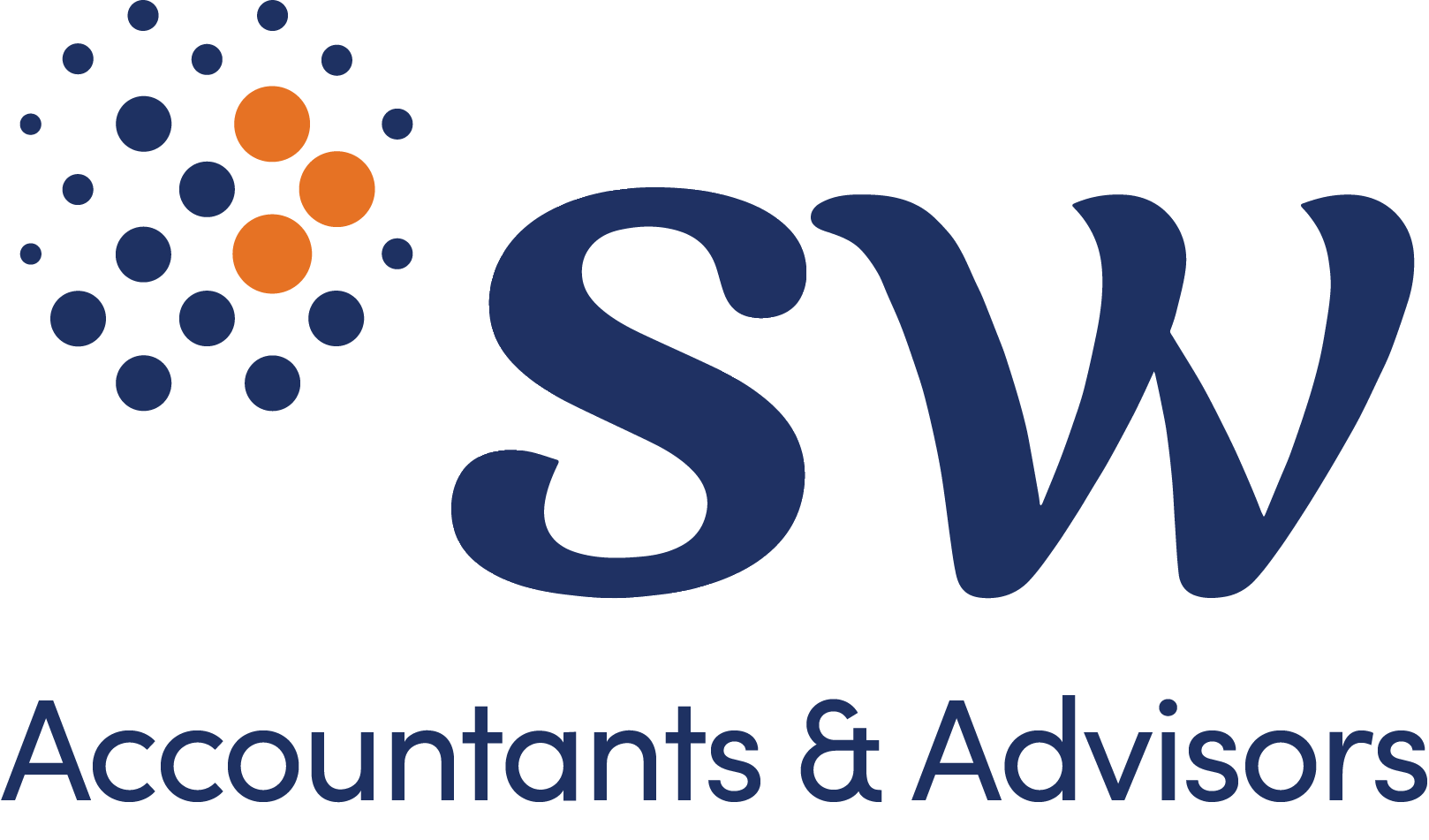
ATO position on section 100A for trusts finalised
20/12/2022
On 8 December 2022, the Australian Taxation Office (ATO) published its final views regarding the application of section 100A of the Income Tax Assessment Act 1936 (ITAA 1936) for trusts. SW reviews the changes from the draft ruling and additional guidance from the Commissioner.
The ATO’s final interpretation of the law, and their compliance approach to trust arrangements where Section 100A may apply, was released on 8 December in the form of Taxing Ruling TR 2022/4 and Practical Compliance Guideline PCG 2022/2.
Following draft pronouncements released earlier this year (for our initial coverage of these earlier drafts, click here), these final documents take into account extensive submissions to the ATO as well as two Federal Court decisions: Guardian AIT Pty Ltd ATF Australian Investment Trust v FCT [2021] FCA 1619 (Guardian) and BBlood Enterprises Pty Ltd v FCT [2022] FCA 1112 (BBlood).
Both these decisions are on appeal to the Full Federal Court (For our analysis, see Guardian and BBlood).
Background to section 100A – tax avoidance measure
Section 100A is an integrity measure introduced some 40 years ago to target tax avoidance arrangements involving a trustee making a beneficiary presently entitled to income, yet another person effectively enjoying the economic benefits from the present entitlement.
For the provision to apply, there needs to be a tax reduction purpose identified, and there is an exclusion for arrangements that are ‘ordinary family or commercial dealings. Whilst originally targeted at aggressive tax avoidance arrangements, the provision is drafted in a manner that can be widely applied and is potentially relevant to some commonplace trust arrangements.
Where section 100A applies, the beneficiary’s entitlement to income is deemed not to have arisen, with the result that the trustee is assessed on the top marginal tax rate of 47%.
Notably, and unlike many other provisions in tax legislation (including the anti-avoidance rules in Part IVA), section 100A has an unlimited amendment period.
So, what has changed from the draft ruling and Practical Compliance Guideline (PCG)?
In short, not that much.
The Commissioner has fleshed out his analysis (with additional references to the Guardian and BBlood decisions) and provided more examples, which are helpful in better understanding the Commissioner’s position and the risk profile of various scenarios.
However, those hoping for a softer landing with the final releases may be disappointed. In particular, the Commissioner has maintained his narrow view of the all-important ‘ordinary family or commercial dealing’ exception to section 100A.
Changes to section 100A in the final ruling
- Numerous additional comments are made concerning the important condition that a tax reduction purpose must exist for the application of section 100A, many of which are driven by the BBlood judgement (decided in the Commissioner’s favour), including the following:
- it is not necessary to identify a specific amount of additional tax that would be payable by a particular person (in the absence of the arrangement) for a tax benefit purpose to be identified
- a deferral of tax liability to a later income year is sufficient to demonstrate a tax reduction, and
- a tax reduction purpose may exist even in circumstances where tax savings did not eventuate.
- Where the objective of a dealing is the maximisation of group wealth by the payment of less tax instead of a family or other commercial objective, the ATO’s view is that this cannot be an ordinary dealing.
- Contextual facts, circumstances and (in a familial sense) cultural practices are relevant in demonstrating the commercial or family objectives of an agreement.
- Repetitive gifting or making of non-commercial loans by beneficiaries increase the risk that the arrangement would not be regarded by the Commissioner as an ordinary family or commercial dealing.
- A situation where an adult child beneficiary is aware of a distribution but chooses not to call on the trustee for payment until the funds are required, may be considered as an ordinary family dealing so long as the funds are not dealt with by the trustee in a manner inconsistent with this expectation. For example, loans to another person interest-free would increase the risk.
New content in the final PCG
Various additional examples have been included in the finalised PCG. While these are helpful in a communicative sense, in many cases these illustrations more exemplify than modify or soften the Commissioner’s previously stated views.
New examples have been added to the ‘green zone’ (which covers arrangements that the ATO will not dedicate compliance resources to review, provided the taxpayer can demonstrate that the arrangement falls within the zone). Some notable new green zone examples include:
- an arrangement where a beneficiary receives and retains its entitlement within two years of becoming presently entitled. As one would hope, the PCG confirms that leaving the entitlement unpaid beyond that period does not necessarily transpire to a high-risk arrangement which the ATO will review/challenge
- further illustrations of distributions to beneficiaries with losses, indicating he will likely accept such arrangement as green zone arrangements in circumstances where:
- the entitlement is cashed out and the proceeds used to repay debt of the loss entity
- the entitlement is not paid out but the entitlement is loaned back on complying Division 7A terms
- The finalised PCG removes the medium-risk arrangements (blue zone) and have essentially replaced this with a long list of exclusions from the green zone. These exclusions significantly narrow down the breadth of the green zone and include:
- gifting, forgiving or releasing the trustee from its obligation to satisfy his/her trust entitlements (note that gifting of entitlements, say, between family members, may be an ordinary family dealing, but such arrangements would not fall with the safe harbour green zone)
- deliberate actions (such as the trustee exercising a discretionary power) to create a mismatch between trust distributable income and taxable income
- circular flows of funds involving discharge of a beneficiary’s entitlement through payments sourced from the same beneficiary (e.g. dividends)
- a lossmaking beneficiary company or trust using its entitlement to fund a subsequent distribution that compromises its ability to repay existing or future liabilities
- trustees not notifying the beneficiary of their entitlements to trust income
- One significant addition to the final PCG is the Commissioner’s emphasis on the maintaining of contemporaneous documentation in relation to trust distributions. The PCG makes reference to the need to maintain records to evidence how beneficiaries were notified of their entitlements, how entitlements were satisfied, details of how trusts applied any funds retained from undrawn entitlements (to satisfy the retention of funds conditions necessary for green zone status) and commercial/family objectives of arrangements.
Significantly, one thing that was not changed in the PCG is that the Commissioner has not budged on the question of timing. The ATO has resisted the many requests that its views, as outlined in the earlier drafts, be applied only prospectively. However, some welcome additional guidance has been provided on the circumstances in which the ATO will review arrangements retrospectively.
How SW can help
Despite the guidance providing a better understanding of the Commissioner’s view, a number of concerns raised during the consultation process remain.
SW will continue to monitor this space and provide ongoing commentaries, with the impending full Federal Court decision for the Guardian appeal likely to be the next development (with BBlood following thereafter). We will be looking to keep clients informed of any developments as soon as they occur.
If you would like advice regarding the application of section 100A, please reach out to our highly experienced SW team.



